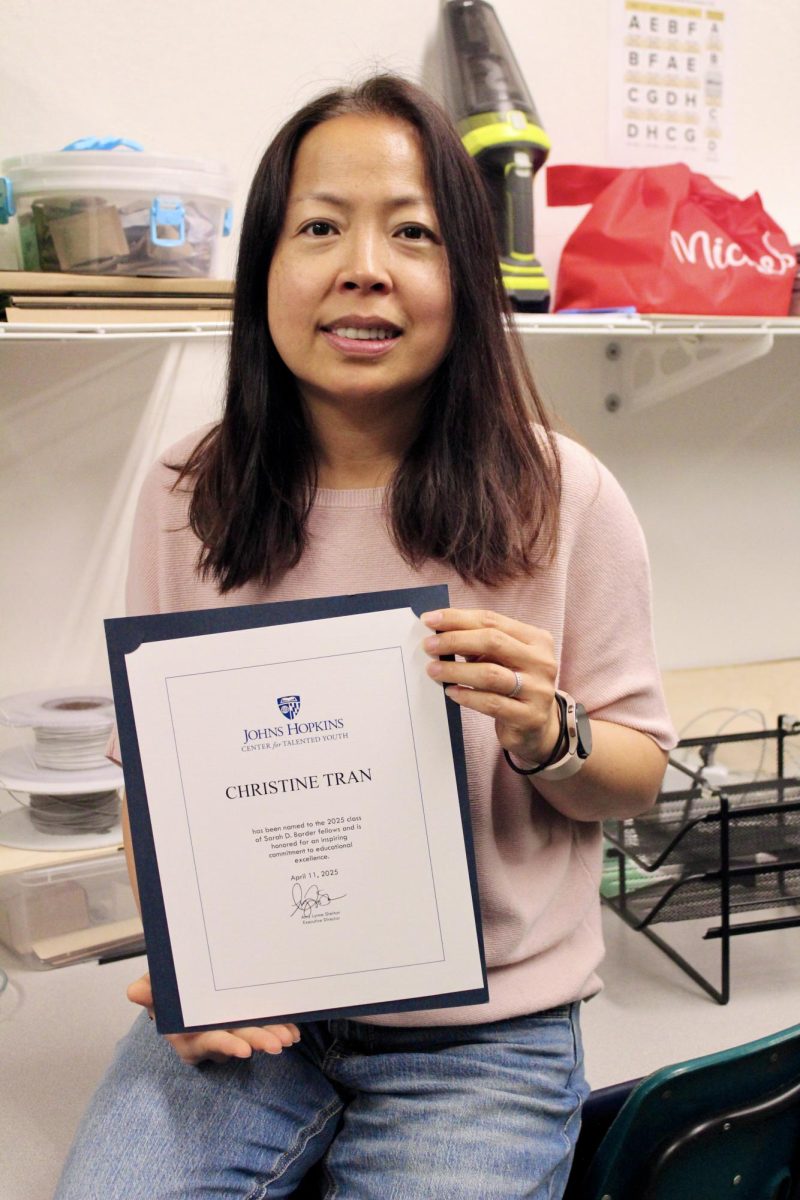While traveling abroad, junior Lara Parikh accidentally consumed food that had come into contact with nuts, triggering a severe allergic reaction that required the administration of epinephrine, a lifesaving drug.
“The injection into my thigh was really traumatizing,” Lara said. “The idea that my life was in peril was even more concerning on top of the pain of the injection.”
Though the EpiPen and Auvi-Q are both injections, Neffy is a nasal spray that delivers the same dosage in a less invasive manner and is used to treat anaphylaxis.
While the EpiPen has many benefits, it has also become a source of growing concerns and controversies in recent years. For one, Mylan, the pharmaceutical company that sells the EpiPen, has increased the price from $60 in 2007 to over $600 for one pack of two pens. Similarly, the Auvi-Q costs around $300. This price hike poses significant financial burdens for those who rely on the EpiPen but lack the resources to afford it. In contrast, Neffies are sold at $200, one-third of the price of the EpiPen.
Beyond price hikes, the administration of the EpiPen also poses difficulties. Compared to a nasal spray, an injection device can be more difficult to administer in the case of an emergency. Users must properly hold the EpiPen and time the injection, which can prove challenging during high-stress allergic reactions.
Rather than having written instructions, the Auvi-Q features a voice instruction system. However, this voice system is dependent on battery power, leaving the user without guidance if the batteries were to die.
In addition, the design of the Neffy minimizes the risk of accidents with needle sticks.
“It’s a lot less scary than carrying a needle around with you at all times,” sophomore Mia Mihojevich said. “The new device would be much easier for everyone with allergies to carry with them on a day-to-day basis.”
While the EpiPen is six inches, Neffies are just over two inches tall, making them easier to carry around. Moreover, the Neffy boasts extended shelf life and temperature tolerances.
Despite the excitement around the Neffy, some have concerns regarding this new device.
“For the first few months, I’m thinking about observing how it works for others before deciding whether or not I should start carrying it around myself,” Mihojevich said. “Because of how new this device is, not a lot of people have tested this for anaphylactic reactions.”
The innovation of Neffy marks a significant advancement in the treatment of severe allergic reactions. However, its novelty has prompted skepticism, leading to hesitation about transitioning to it right away.






